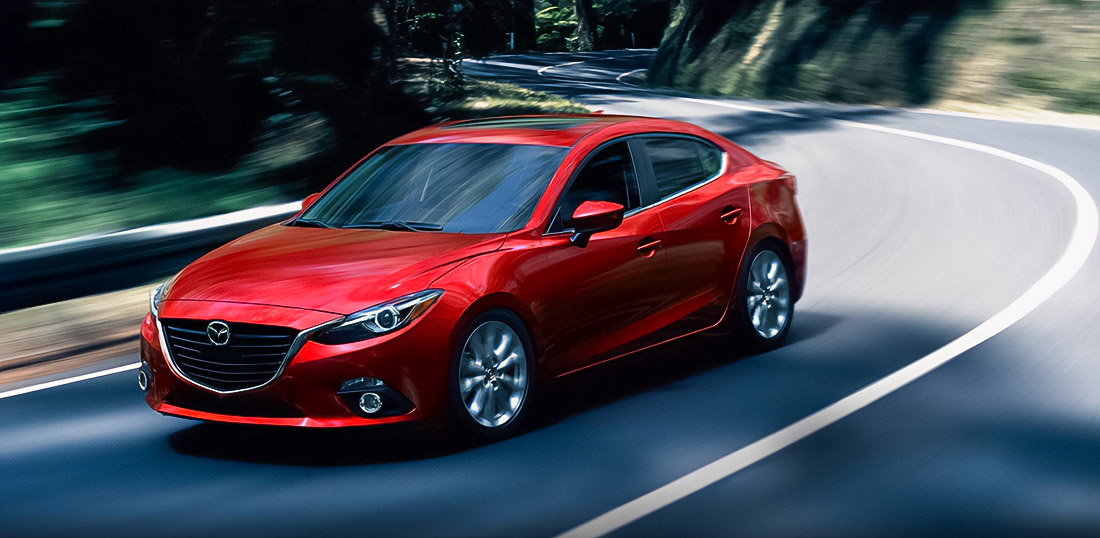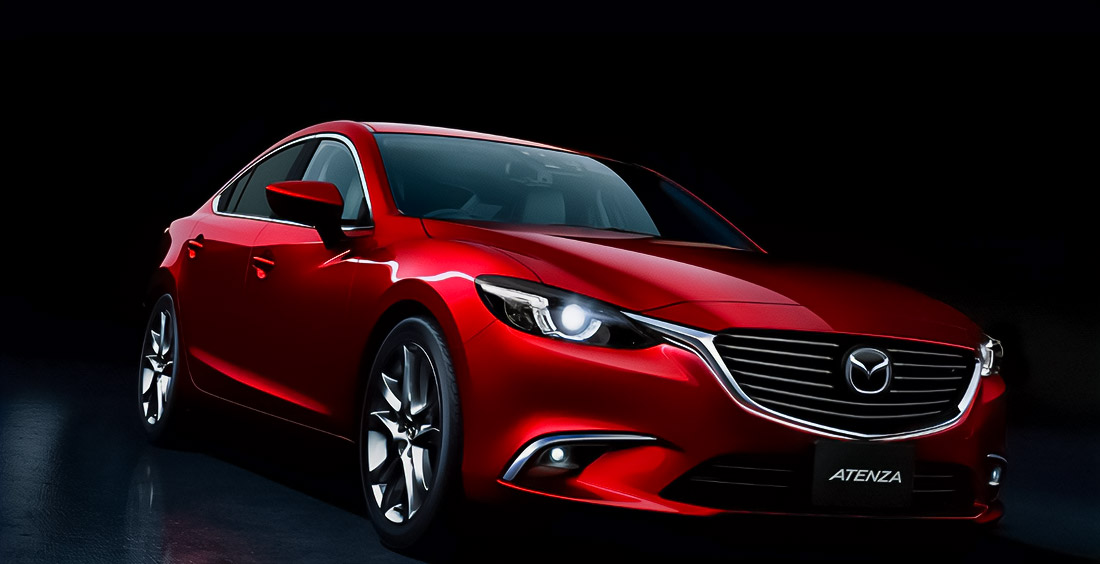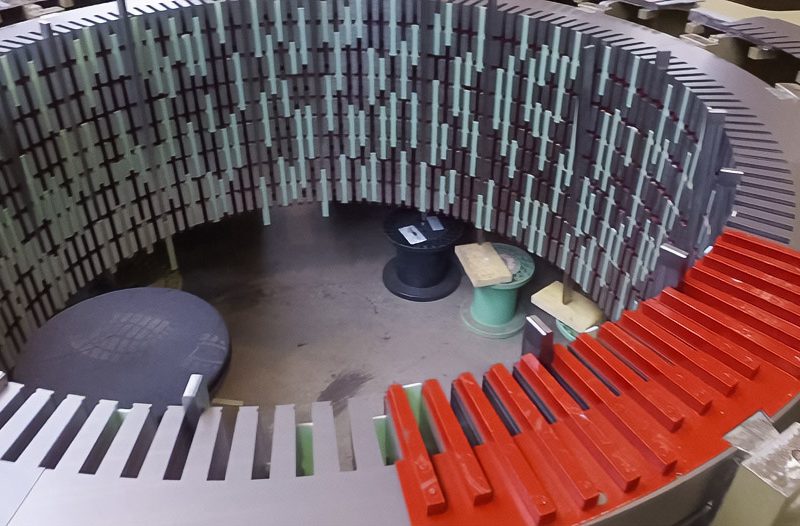Sound in a vehicle does more than set the mood; it actively shapes how we think, feel, and react. The cabin’s sound environment interacts with the body’s autonomic nervous system, affecting vital functions like heart rate, breathing patterns, skin sensitivity, and muscle tension.
In cars like the CX-90 and Mazda6, sound isn’t just for entertainment; it’s part of the driving experience. The Bose® system helps craft an atmosphere inside the cabin that shapes how the driver feels, stays alert, and responds behind the wheel.
Active Sound Design: Sound as a Signal

Modern vehicles use active sound design not only to enhance ambiance but to help drivers respond more effectively to road conditions. For example, if the time headway (THW) drops below 1.8 seconds, the distance between vehicles, the system adjusts the audio profile. The sound becomes slightly tenser. You may not even notice it at first, a soft shift in the tone, a hint of dissonance. It’s subtle, not loud or threatening, but your body reacts. Your heart beats a little faster, your senses sharpen, your posture stiffens just slightly. That’s how we respond to sound cues.
What makes this work so well is how naturally it fits into the car’s acoustic environment. It’s not a sudden alarm, it’s a gentle nudge. It helps you keep your distance, calmly and without pressure.
Bose® in the CX-90: Acoustic Comfort as Driver Support

In the Mazda CX-90, the Bose® system features 12 to 14 strategically placed speakers that deliver even sound distribution across the cabin. Technologies like Centerpoint® and AudioPilot® maintain immersive and balanced audio, even when external road or wind noise increases.
Why does this matter? Because ongoing exposure to noise, especially in busy UAE cities like Dubai and Abu Dhabi can increase physiological stress. Galvanic skin response (GSR) rises. Heart rate climbs. Mental fatigue sets in. The Bose® system helps counteract these effects by filtering out harsh frequencies, smoothing out sound peaks, and maintaining a calm acoustic field. The result: better focus, reduced stress, and a more comfortable driving experience.
Mazda6: Acoustic Balance in City Driving

In the Mazda6, the Bose® system manages more than music, it manages the entire sound environment. In dense traffic, where the cabin is bombarded with horns, engine noise, and screeching tires, the system masks aggressive frequencies and highlights softer, more harmonious tones.
This enhances the overall perception of comfort and supports positive emotional valence, the feeling of pleasantness, even when external conditions are harsh. It creates a controlled interior atmosphere where the driver can remain calm and focused.
What the Research Says
Scientific studies show that sound matters. Environments filled with low, stable frequencies and harmonic tones help reduce muscle tension (EMG), regulate breathing (RR), and accelerate stress recovery. In one study, participants listening to natural sounds recovered from stress 9–36% faster than those exposed to urban noise.
While these vehicles don’t play birdsong, they recreate a similar effect through precision-engineered acoustics. It’s not imitation, it’s influence.
Sound as Neuropsychological Design
A modern vehicle is more than transportation, it’s a managed space. It doesn’t just respond to the driver; it actively supports them. Sound has become a tool of neuropsychological design, influencing behavior, focus, and mood.
In these vehicles, the Bose® system doesn’t just play music, it delivers meaning. It lifts your mood, keeps your attention sharp, and eases anxiety. It signals without startling. It supports without overwhelming. This is what a modern sound environment should be: subtle, intelligent, and powerful.
It’s how a car becomes a space where you feel calm, alert, and in control.

I am a Web Developer. I like to hike, crochet and play video games with my son.


